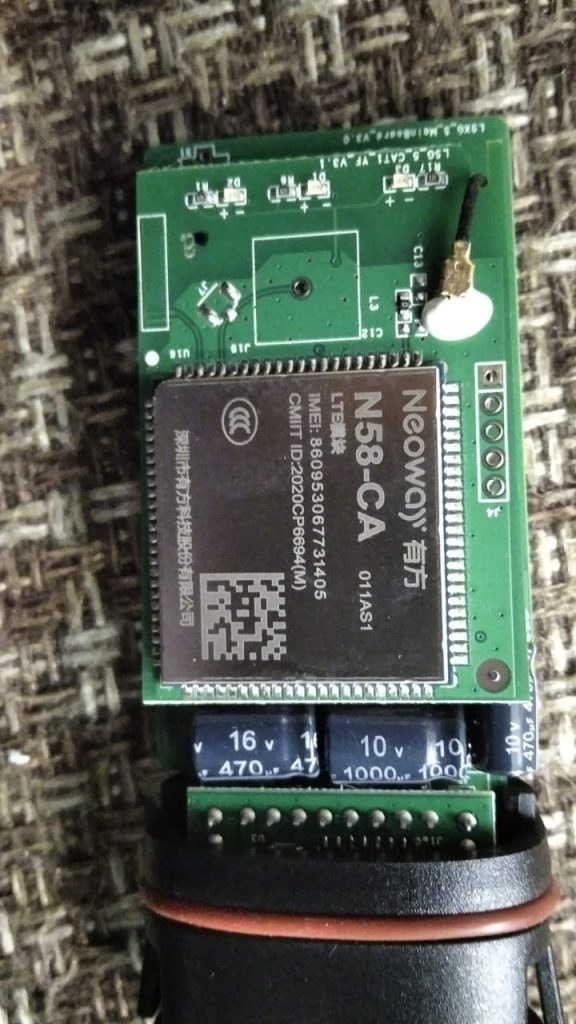The Neoway N58 is a cellular module that allows devices to connect to cellular networks and send/receive data over the internet. It can be used with a Raspberry Pi to add cellular connectivity to your projects.
Here are the basic steps for using the Neoway N58 with a Raspberry Pi:
- Connect the Neoway N58 to the Raspberry Pi: The Neoway N58 can be connected to the Raspberry Pi using serial communication. You can connect the module to the Raspberry Pi's GPIO pins or through a USB-to-serial adapter.
- Install the required software: You will need to install the necessary software libraries to communicate with the Neoway N58. You can use a library like “pySerial” to communicate with the module.
- Configure the Neoway N58: Before you can use the Neoway N58, you will need to configure it. This involves setting up the APN, username, and password of the cellular network you are using. You can do this by sending AT commands to the module using the software library you installed in step 2.
- Test the Neoway N58: Once you have configured the Neoway N58, you can test it by sending AT commands to it to check the status of the cellular connection. You can also use it to send/receive data over the internet.
There are many resources available online that provide more detailed information on using the Neoway N58 with a Raspberry Pi, including tutorials and sample code. You may find it helpful to search for these resources and follow along with a tutorial to get started.
How to Configure the Neoway N58 with Raspberry Pi:
Configuring the Neoway N58 involves setting up the module to connect to the cellular network you want to use. Here are the basic steps to configure the Neoway N58:
- Connect to the Neoway N58: Connect your Raspberry Pi to the Neoway N58 using a USB-to-serial adapter or by connecting the module to the Raspberry Pi's GPIO pins.
- Open a serial communication terminal: Open a serial communication terminal on your Raspberry Pi, such as minicom or screen, and connect to the Neoway N58. You can usually connect to the module by sending the “AT” command.
- Check the modem information: Once you have connected to the Neoway N58, you can check the modem information by sending the “AT+CGMI” command. This should return the name of the manufacturer of the modem.
- Check the SIM card: You should make sure that the SIM card you are using is compatible with the Neoway N58 and is properly inserted into the module.
- Set the APN: You will need to set the APN of the cellular network you are using. You can do this by sending the “AT+CGDCONT” command with the appropriate parameters. For example, if you are using the AT&T network, you would send the command “AT+CGDCONT=1,”IP”,”m2m.com.attz””
- Set the username and password: If your cellular network requires a username and password, you will need to set these as well. You can do this by sending the “AT+CGAUTH” command with the appropriate parameters.
- Save the configuration: Once you have set the APN, username, and password, you can save the configuration by sending the “AT&W” command. This will save the configuration to the module's non-volatile memory, so it will persist even if the module loses power.
- Test the configuration: You can test the configuration by sending the “AT+CGATT?” command to check if the module is attached to the cellular network. If the response is “1”, the module is attached. You can also test the configuration by sending data over the internet.
These are the basic steps to configure the Neoway N58. You may need to adjust some of the parameters depending on the specific cellular network you are using. You can find more information on the AT commands used to configure the module in the Neoway N58 AT Command Set document.


